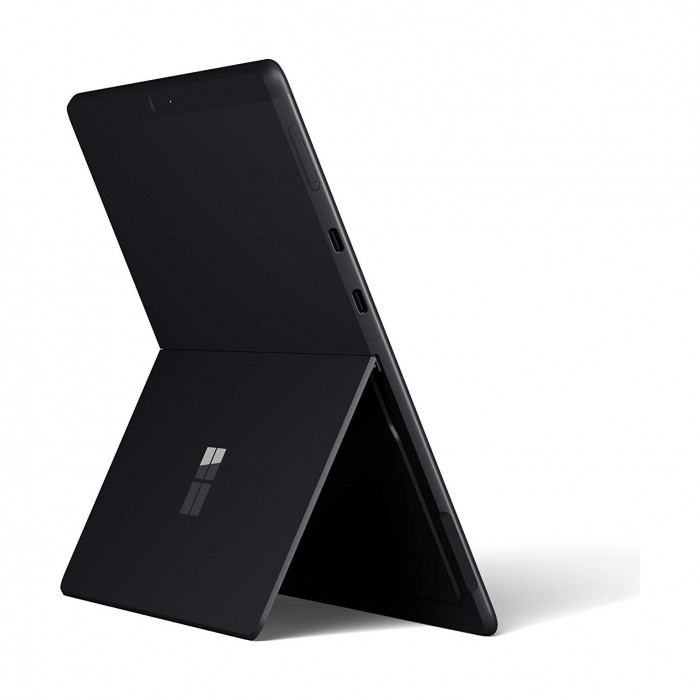


In short, it means that the Pro X (2020) and presumably the Pro X (2019) will soon have access to more Windows apps than they currently do. If that sounds like gibberish to you, I don’t blame you. The Redmond, Washington-based company plans to roll out support for emulation of x86 64-bit (also called x86-64) apps on ARM processors. The most significant change for either the Pro X (2020) or Pro X (2019) is still on the way. The main three differences between this year’s and last year’s Pro X are as follows: new chips, new colour and new price.Īlthough the hardware changes are minimal with the Surface Pro X (2020), Microsoft could very well invalidate everything I say in this review in the next few months. I’ve been using the Pro X (2020) for about a week and, aside from being at my home office, it feels a lot like last year. For the sake of my sanity (and yours), I’ll refer to them as the Pro X (2020) and Pro X (2019) throughout this review. Microsoft’s new Surface Pro X is the same as the old Surface Pro X in almost every way, including its name. I think the reviewers would be a lot happier if Microsoft released the Surface Pro X *today* where we are seeing support for 圆4 in the Windows Insider dev channels, Microsoft Office ported for ARM64 (with support for emulated add-ons, rather than the other way around) and much more support from other developers such as Adobe now that they've released LightRoom and Photoshop for ARM64.If it weren’t for the fact that the pandemic has me stuck in my basement working on this review instead of sitting in the MobileSyrup office, I’d say I have a bad case of déjà vu. Hopefully developers might want to jump on board too?" (they also promised Adobe software that never materialised). Microsoft, however, released the Surface Pro X with x86 support and basically went "well there you go. They ported as much as they could over to ARM, got Adobe and everyone else on board so that it was ready to go on day of launch. Hell, Microsoft didn't even have a real browser ready to go for ARM64 when they released the Pro X.Īpple, for example, release the M1 (ARM processor) and they had it much more "ready to go" than Microsoft did with the Surface Pro X.

Microsoft have been frustratingly slow with how they have introduced support for ARM processors, which I think is the source for a lot of the disappointment.


 0 kommentar(er)
0 kommentar(er)
